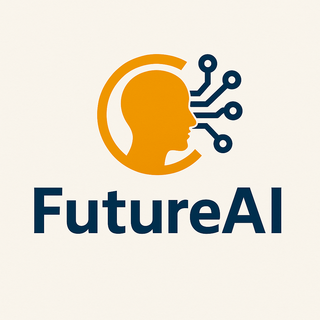🦅🐅 The Future of Animal and Bird Evolution: How Will They Adapt?
As the Earth’s environment changes due to climate change, human activities, and technological advancements, animals and birds will evolve to survive new conditions. Evolution is a slow process, but scientists predict that future animals and birds may develop new abilities, intelligence, and physical changes. Let’s explore what could happen!
🔹 1. Climate Change & Evolution 🌡️🌍
Animals and birds will need to adapt to rising temperatures, melting ice caps, and extreme weather. Some possible changes:
✅ Fur & Feather Adaptations – Arctic animals may develop thinner fur as temperatures rise, while desert animals may develop heat-resistant skin.
✅ New Migration Patterns – Birds and marine animals will change migration routes to find better food and climate conditions.
✅ Size Reduction – Smaller body sizes may become common as they help in cooling down faster.
🔹 Example: Some butterflies and birds have already started shrinking due to rising global temperatures.
🔹 2. Super-Intelligent Animals & Birds 🧠🐵
As humans interact with animals more closely, some species might evolve higher intelligence. Possible future developments:
✅ Smarter Primates (Monkeys, Apes, Gorillas) – Could develop basic problem-solving skills similar to early humans.
✅ Talking Birds – Parrots and crows might evolve better vocal abilities to communicate like humans.
✅ AI-Enhanced Intelligence – Some scientists believe we may be able to enhance animal intelligence using genetic engineering or AI.
🔹 Example: Crows already use tools and solve puzzles, showing early signs of advanced intelligence.
🔹 3. New Species Through Evolution & Mutation 🦎🦄
Over thousands of years, new species may emerge due to environmental pressures and genetic mutations. Possible future animals:
✅ Glowing Animals – Bioluminescence (natural glow) may become more common for communication and survival.
✅ Flying Mammals – Some land animals may develop wing-like adaptations to escape predators.
✅ Hybrid Species – Interbreeding may lead to new species, such as "super-predators" or plant-animal hybrids.
🔹 Example: Scientists have already experimented with genetically modified glowing fish and hybrid species.
🔹 4. Ocean Life: Surviving in Acidic & Warmer Waters 🌊🐠
As oceans become warmer and more acidic, marine life must evolve to survive. Possible adaptations:
✅ Harder Shells & Scales – Fish and marine animals may develop stronger protection against acidic waters.
✅ Deep-Sea Adaptations – More species may evolve bioluminescence to survive in deep, dark ocean environments.
✅ Giant Marine Creatures – Due to lack of human interference in deep waters, some species may grow larger and stronger.
🔹 Example: Some jellyfish species have already adapted to polluted oceans and are thriving.
🔹 5. Cybernetic & Genetically Modified Animals 🤖🐕
Humans may interfere with evolution through genetic modifications and cybernetic enhancements. Possible future changes:
✅ AI-Enhanced Guard Dogs – Animals with implanted AI chips could act as hyper-intelligent pets or security animals.
✅ Genetically Engineered Super Animals – Scientists may create disease-resistant cows, fast-growing fish, or super-strong horses.
✅ Resurrecting Extinct Species – Advances in DNA technology might bring back animals like woolly mammoths or dodo birds.
🔹 Example: Scientists are already trying to revive the woolly mammoth using elephant DNA.
🚀 Conclusion: A Wild & Unpredictable Future
The future of animal and bird evolution depends on how nature and humans shape the environment. Some species will adapt naturally, while others may be genetically modified by humans. Either way, the animal kingdom will look very different in the next 1,000 years!



Post a Comment
0Comments